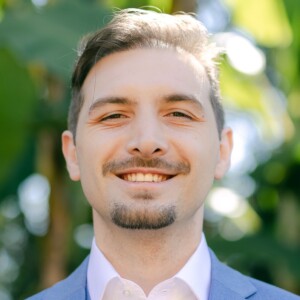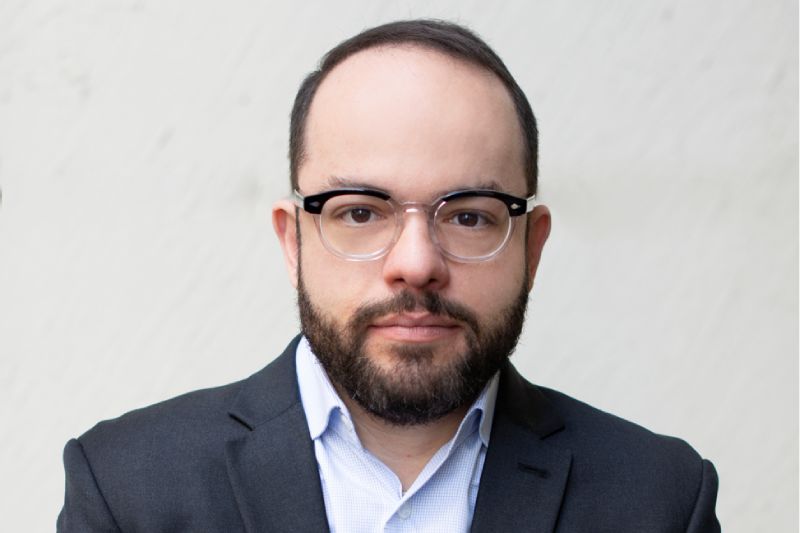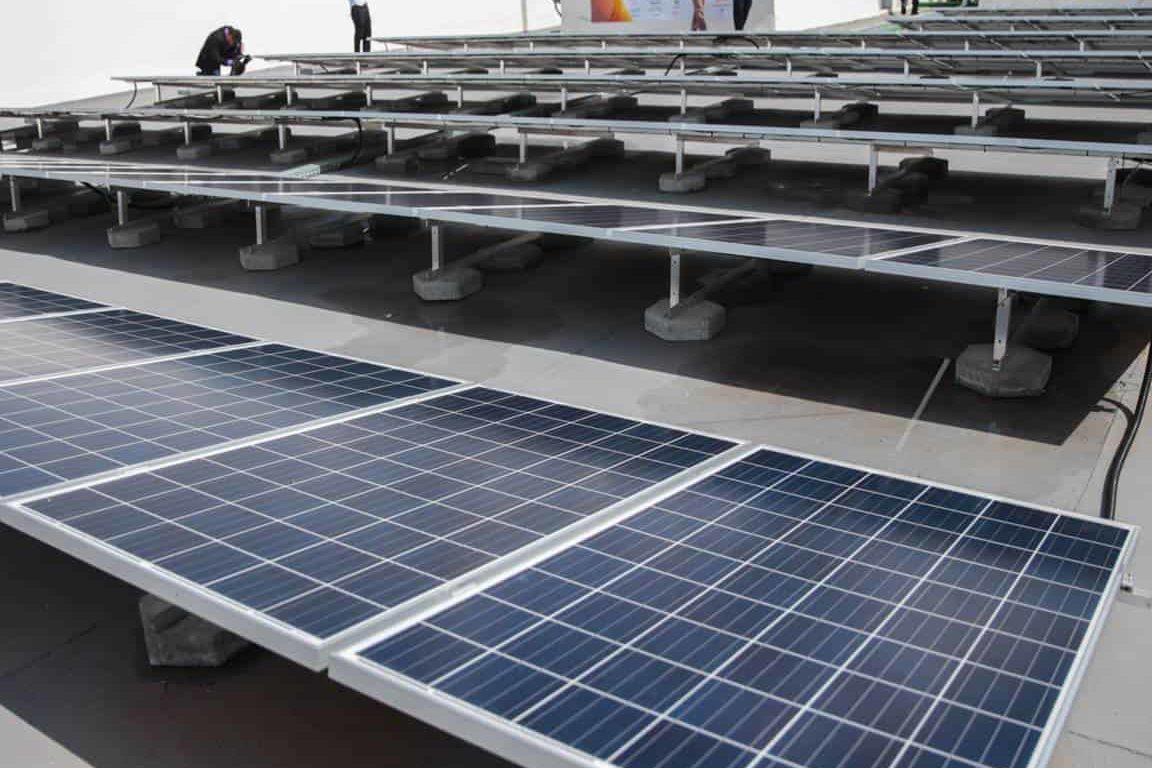This is the seventh entry of a ten-part blog series celebrating the Lab’s 10th anniversary. The series shares insights and lessons learned over the past decade, exploring practical knowledge from accelerating climate finance solutions in emerging markets. See all entries here.
August 27, 2024

The Green Receivables Fund (Green FIDC) has become one of the Lab’s flagship instruments in Brazil since its endorsement in 2017. While Lab solutions feature a balanced mix of public and private investments, the Green FIDC stands out by securing 100% of its funding from private sources, in the Lab portfolio[1].
Despite the size of Brazil’s capital markets[2] and the financial promise of sustainable investment, unlocking private capital for climate finance has been an uphill battle. Skittish investors have been deterred by risk and complexity, a pattern in line with other emerging economies.
The Green FIDC packages and securitizes the cash flows of renewable energy projects and sells shares on local capital markets, providing long-term finance for these projects in Brazil. Based on a receivables fund, the Green FIDC is regulated in Brazil under the terminology of Fundo de Investimento em Direitos Creditórios (FIDC). This special purpose vehicle (SPV) allows companies to raise capital by securitizing receivables.
Based on this concept, Albion Capital, the proponent, has pioneered four financial instruments for financing solar distributed generation projects that have mobilized USD 114 million in private capital. Albion Capital is now working on new versions of these vehicles to support other climate-aligned sectors.
To better understand how the Green FIDC identified barriers and accommodated its approach, I sat down with Paulo Todaro, founding partner at Albion Capital. An edited transcript of the interview is shared below.
What initially inspired the concept of the Green FIDC? What gap in the climate finance landscape were you hoping to address?
Paulo: We developed the Green FIDC concept to address the shortage of private capital for green project financing in Brazil by leveraging 100% private sector funding. These instruments are the first climate-related financial tools in Brazil structured as textbook project finance, and they are the first Brazilian securitization vehicles to be certified as climate bonds.
The Green FIDC was conceived to fill the gap of off-balance sheet project finance options for climate-aligned developers in Brazil and beyond. Our objective was to move away from traditional debt instruments and instead use asset-backed securities funded by local capital markets in local currency, avoiding the challenges of long-term FX hedging.Traditionally, financing for sustainable infrastructure projects has been constrained by the limited balance sheets for securing traditional debt. The Brazilian Development Bank has been historically the primary source of financing for these projects, but we believe it is time to enhance the role of the Brazilian capital markets.
A major issue in climate finance is the heavy reliance on public investors, often overlooking the need to engage private capital at scale. The Green FIDC addresses this by adapting securitization techniques to attract private sector investors, thereby reducing the reliance on development finance institutions (DFIs) for funding sustainable infrastructure projects. Essentially, the Green FIDC is an SPV structured as a fund.

Can you walk us through the key design features of the Green FIDC?
Paulo: The Green FIDC was designed to unlock long-term private sector capital in Brazil. It addresses the inefficiencies of hedging strategies that require companies with revenues in Brazilian reais to take on debt in US dollars or euros.
Given that Brazil’s fund industry is substantial and comparable in size to many European markets, it should be feasible to structure investments that cater to local investors using local currency. Our current instruments are exclusively funded by private investors within Brazil, which enhances their financial efficiency.
The Green FIDC is structured as an SPV that holds all the guarantees associated with the financed projects. We oversee the assets through our own financial and engineering teams, managing all risk management aspects to ensure minimal construction completion and operational risks. This approach ensures that the Green FIDC remains both efficient and effective in mobilizing local capital for sustainable projects while also mitigating risk perception for more risk-averse investors.
The Green FIDC achieved a record-high percentage of commercial investment for a Lab instrument. What specific features of the Green FIDC made it so attractive to private investors?
Paulo: The Green FIDC’s record-high percentage of commercial investment can be attributed to several key features. Firstly, our approach fosters investor confidence by ensuring that we are not only involved until closing but remain actively engaged throughout the project lifecycle. Our engineers and financial team continuously track and manage the projects, which reassures investors and builds their trust over time.
Additionally, our focus on assessing project quality rather than solely evaluating the developer’s balance sheet has been crucial. By prioritizing the project’s inherent value, we enable financing for a broader range of developers, making the Green FIDC more attractive to private investors.
What were some of the unforeseen challenges faced during the development and planned implementation of Green FIDC?
Paulo: The Green FIDC faced several unforeseen challenges during its development and implementation. One significant issue was the complexity of our structures. This complexity limits scalability, as investors are often not only risk-averse but also averse to intricate financial instruments. To address this, our 2023 Catalytic Climate Finance Facility vehicle, the Sustainable Guaranty Solutions (SGS), was designed to simplify the Green FIDC model. SGS introduces a different type of instrument – an insurance contract – aimed at de-risking project finance to financiers and thus attracting a broader range of investors to this space by reducing complexity.
The SGS concept emerged from our experience with the Green FIDC, where we identified that construction and completion risks were major barriers for Brazilian private sector investors. While the Green FIDC manages these risks through a complex array of guarantees, oversight, and intervention rights, many investors prefer simpler solutions. Traditionally, balance sheet guarantees or credit enhancements could address these issues, but they are often only viable for large-scale developers.
To address this, we designed SGS as a risk-transfer mechanism that separates completion risks from the developer’s balance sheet, employing an insurance-based approach. SGS provides a straightforward solution for complexity-averse investors, allowing them to participate in project finance without intricate contractual arrangements.
Another challenge was related to our first experience with concessional capital. We found that concessional investors are not necessarily more willing to engage with complex or innovative structures than private sector investors. Concessional and philanthropical capital are under significant pressure to deliver results, and it is comprehensible that they are often hesitant to invest in innovative approaches.
Ultimately, we learned that engaging concessional investors requires a different approach than engaging private sector investors. Innovators must be adept at communicating and structuring deals to appeal to both types of capital. To develop blended finance instruments successfully, it’s essential to bridge the gap between concessional and private sector expectations. The Lab and CPI were instrumental in helping us understand and address this challenge effectively.
Can you elaborate on how the Lab contributed to the Green FIDC's innovative approach and ability to adapt to market needs?
Paulo: The Lab and Climate Policy Initiative (CPI) were crucial in shaping Green FIDC’s innovative approach and ability to adapt to market needs. They provided unwavering support and essential connections that allowed us to refine and enhance our concept over time.
The journey was challenging, and there were many moments when we doubted whether the project would succeed. However, CPI and the Lab consistently opened new doors for us, offering guidance and encouragement when we felt isolated and misunderstood.
We first submitted the Green FIDC concept in 2016, but the official launch didn’t occur until 2021. It was the continuous support and expertise from CPI and the Lab that kept us motivated and helped translate our complex technical ideas into a format that investors could readily understand and embrace.
[1] The 2018 Brazil Lab Instrument Responsible Commodities Facility also achieved full private financing, though on a smaller scale than the Green FIDC, with a total investment of USD 47.5 million.
[2] Brazil market capitalization accounted for USD 780.3 billion in June 2024. Data retrieved from CEIC Data Company. Market capitalization. Brazil. Available at: https://www.ceicdata.com/en/indicator/brazil/market-capitalization. Accessed August 7, 2024.
Check out the entire Lab 10th Anniversary blog series
1. Five strategies to break down barriers to private climate investment
2. How a well-designed theory of change guides clearer social and environmental modeling
3. Building a compelling investment case for climate finance instruments
4. Making the most of concessional capital: The Lab’s blended finance approach
5. Enhancing the appeal of small-ticket investments with Sustainable Energy Bonds in India
6. Why Climate Adaptation Notes didn’t take off – and the lessons I learned
7. How Brazil’s Green FIDC became the Lab’s champion for private investment mobilization
8. Adaptation finance: Six key steps for structuring instruments that deliver results
9. Beyond box-ticking: Why gender-responsive climate finance is effective climate finance
10. Emerging trends, opportunities, and challenges in climate finance
BONUS: A decade of the Lab: Finding a balance between climate finance and actionability (24 September)
